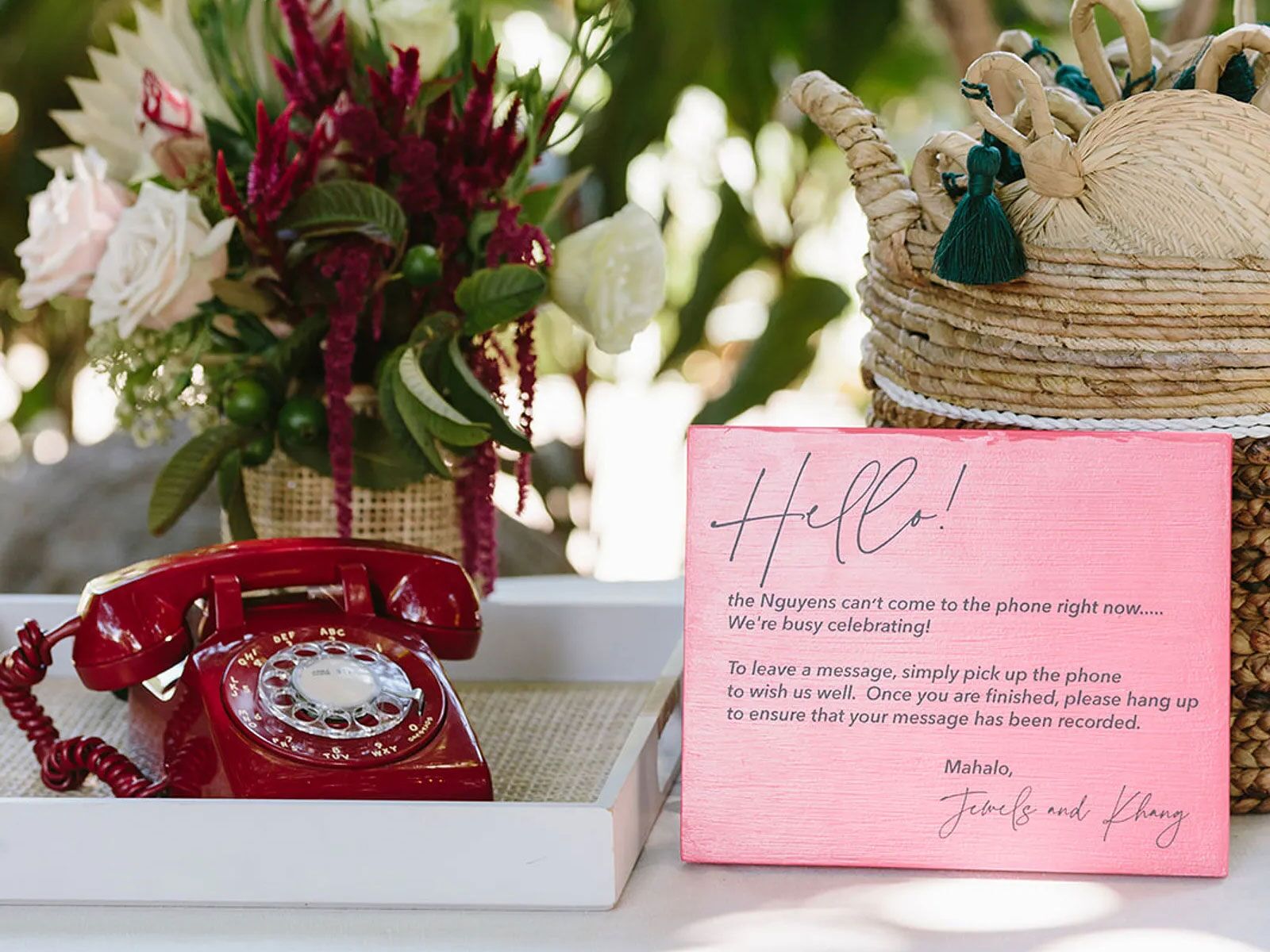Catholic Engagements
The early days of an engagement can be a wonderful, giddy time, filled with a seemingly endless number of opportunities. There is the gown to choose, flower selections to make, and many friends to tell of the wonderful news. For the Catholic bride who chooses to be married in the tradition of her church, these first weeks are also the beginning of a beautiful rite of passage which extends far beyond the wedding ceremony itself. If your wedding daydreams include this special time-honored ceremony, read on to learn how to make your vision a reality.
The decision to marry in the Catholic tradition should be made as early as possible during the engagement, preferably within a week or two of the actual proposal. There are several reasons why time is a consideration. Traditionally, Catholic engagements are expected to last a full year. While there are few restrictions on when a wedding ceremony can occur, you may want to avoid scheduling your wedding during Lent -- the forty days prior to Easter -- which is traditionally a period of fasting and penitence, not the most conducive atmosphere for a wedding reception!
Beyond this, you will need to meet with your priest as soon as possible to discuss your wedding plans and the religious preparations you will need to make. Marriage rites differ slightly from church to church and your priest will be able to help you take your first steps towards a Catholic wedding.
Traditionally, Catholic couples are married in the bride's home church, although this certainly is not a rule cast in stone. If you have a special affinity for a particular church, you may choose that one over your local parish. The pastor at the church you have chosen will be able to advise you about the building's availability. You may wish to incorporate the full Catholic Mass into your wedding, or you can opt for a simpler traditional ceremony.



During your engagement, your priest may guide you through several preparatory steps. First, and often very significantly, most priests will insist that you and your fiancé do not live together during the engagement period. This stipulation may prove to be a major stumbling block for some. However, you might wish to consider the wonderful opportunity this situation presents. Living apart during those final months will allow you both to approach your wedding from a position of independence. When you do reunite in your new home, you will truly be embarking upon a new beginning with each other. Next, you or your fiancé might need to receive the sacrament of Confirmation. Based on your religious backgrounds, your priest can help you determine whether or not this step is necessary. Confirmation is a rite during which an individual chooses Catholicism, confirming the decision made when he or she was baptized. If you have not been confirmed, you may need to do so before you can be married. This process can take six or seven months in a weekly class or be completed relatively quickly through a more intensive program. In many churches, newly confirmed Catholics are presented to the congregation at Easter Vigil Mass in April. If this is the case in your church, you might wish to schedule your wedding around this date.
Additionally, both you and your fiancé will need to take part in a Pre-Cana Conference, even if only one of you is Catholic. This wedding preparation course can be a weekly class, or an intense weekend program during which you will have the opportunity to explore your understanding of marriage and the commitment you are about to make. The Pre-Cana conference is often moderated by married couples and may delve into many aspects of marriage, from spirituality and commitment to financial matters. The goal of the Pre-Cana conference is to ensure that both partners are entering into marriage with realistic expectations and a firm commitment to each other.
Finally, your wedding announcements, or Banns of Marriage, will be posted in your church bulletin for the three Sundays prior to the date of the wedding. Historically, the Banns of Marriage were announced verbally at three successive masses, and they had a very concrete purpose. Pre-computer record keeping made it nearly impossible to keep track of a person's marital history unless he or she remained in the same parish. The Banns were announced so that any parishioner who knew of a reason why the couple could not be married in the church (for example, a prior marriage) would have an opportunity to speak with the priest prior to the wedding. Now, of course, this type of safeguard is no longer needed, but the Banns of Marriage remain as a public announcement to the bride or groom's parish of the joyful event to come.
If you are incorporating more than one religion into your wedding, you may have a clergy member from another faith participate in a Catholic wedding, or you can arrange for your priest to attend a different ceremony location in order to bless the marriage. You may wish to consult with your priest if an alternative wedding venue is part of your plans, as individual clergy members may have certain stipulations about ceremony locations. Whether or not you elect to hold the actual ceremony in a Catholic church, you will need to complete all of the above-mentioned requirements if you would like your marriage to be sanctified, or recognized, by the Catholic Church.
In a world in which the preparation for a wedding can be as short as the time it takes to travel to Las Vegas, the Catholic engagement is a refreshing step back to a more patient era. The commitment to the success of a marriage is shared by the local religious community, and each stage of the engagement process is geared towards ensuring that the wedding itself is a beautiful, meaningful, once-in-a-lifetime experience. And isn't that what every bride and groom hopes for?




















